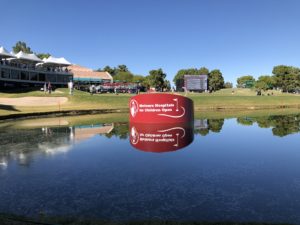Sleeping bags are an essential requirement when doing any serious backwoods, remote hiking. However, before you pack you bags to head off on the hike of a lifetime, you need to know where and what you are dealing with. There are different categories of sleeping bags and different situations require different sleeping accommodations.
You might be heading to Alaska but you also might only want to pack a light weight sleeping bag if going into the lower state in the summer. While Arizona and New Mexico are considered hot and dry. They are not that way all the time. Or in all places. Once you start moving above 5,000 to 7,000 feet above sea level, the temperatures can start dropping. Mountains are not smooth areas, lots of deep ruts and ridges. This can mean that you are also in an area that might receive substantially less sunlight so the ambient temperature might already be 10-20-30 degrees lower then other areas on the mountain.
Plus higher elevations are prone to more rain or even snow. Considered to be hot is Las Vegas, NV. But an easy hour drive away puts you in the foothills of Mt Charleston, the highest peak in Clark County (southern Nevada) and 3rd highest peak in Nevada. At just under 12,000 feet, the very peak is snow and ice capped year round even when Las Vegas is recording 110-115 degree days.
Avid and experienced backpackers and hikers, like other backpacking gear, will often own multiple sleeping bags – choosing the one best for the current conditions. They will factor in where, geographically, they are hiking, the time of the year, the elevations they will be camping at and the expected weather conditions. Once they selected the optimal gear – they will add in a error factor to plan for weather, routes or conditions not as expected. Plan ahead but also plan for then unplanned.
Use these resources to help you decide on your purchases. Nothing beats touchy feelly in the store – but shopping with knowledge can prevent a lot of wasted time and money.
General Purpose/Multiweather
For this discussion, a general purpose sleeping bag is designed for moderate temperature and may be suitable for Spring, Summer or Fall. Considering that spring in Texas might be a little different then spring in North Dakota. GP bags are also appropriate when you are camping in/near a travel trailer or motor home, thus can retreat to protection should foul weather arrive with little to no warning. The experienced backpacker/hiker will start to sub-categorize farther. This discussion is more generic for those starting to expand their horizons and pathways.
Below are some sample general purpose/more moderate sleeping bag options. After doing some research on numerous options, pick the one(s) that correspond to the the circumstances you will be using them in. Also consider the person(s) who will be using the sleeping bag. Larger individuals will require larger accommodations.
Cold Weather
If you are going to be in weather that is expected to be at or below freezing (of water, I personally freeze at 50f), you will want to include either or both a cold weather rated sleeping bag or a bag liner (next section) for the cooler temperatures. It is easier to sleep with a cold weather sleeping bag partially open when it is hot, then it is to sleep in a warm weather bag when it is freezing. Like general bag, get one that is sized appropriately. The larger bags are balkier then smaller ones so taking an oversized bag for a small person just adds more unnecessary weight to the backpack.
Padding and Accessories
There are a few items you may wish to add to your hiking collection as your hobby grows. These accessories may include bag liners for a little more warmth, straps to help tighten the sleeping bag down to a more compact size on the backpack, storage bags for the back pack or other extra gear as needed. If you like and buy some of the sleeping bag straps – get extras. They can be used for a variety of emergency uses including splinting a broken or injured leg, making shelter or tying off a safety line (don’t exceed the load limit).
Pictures below are provided by contributors or supporters of this website. If you are interested in sharing your pictures of Nevada, please drop us a note.

Courtesy S. Ward – at Shriner’s Open